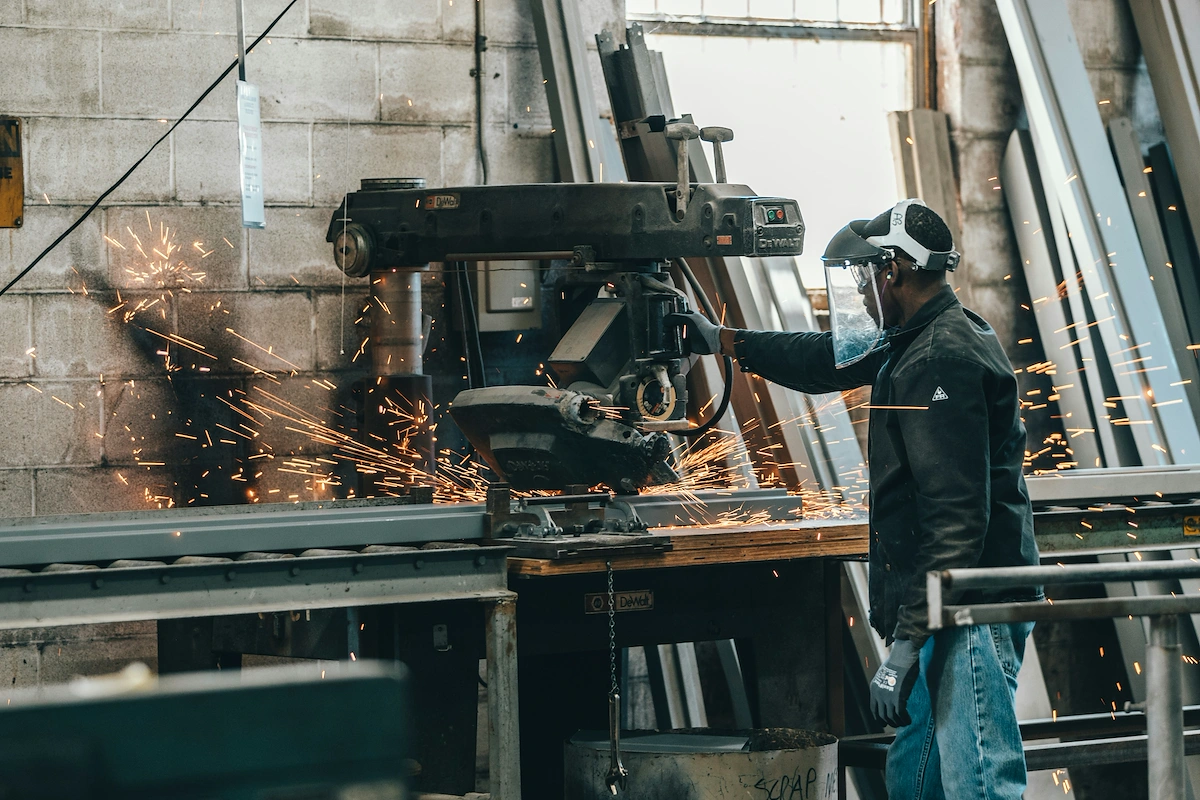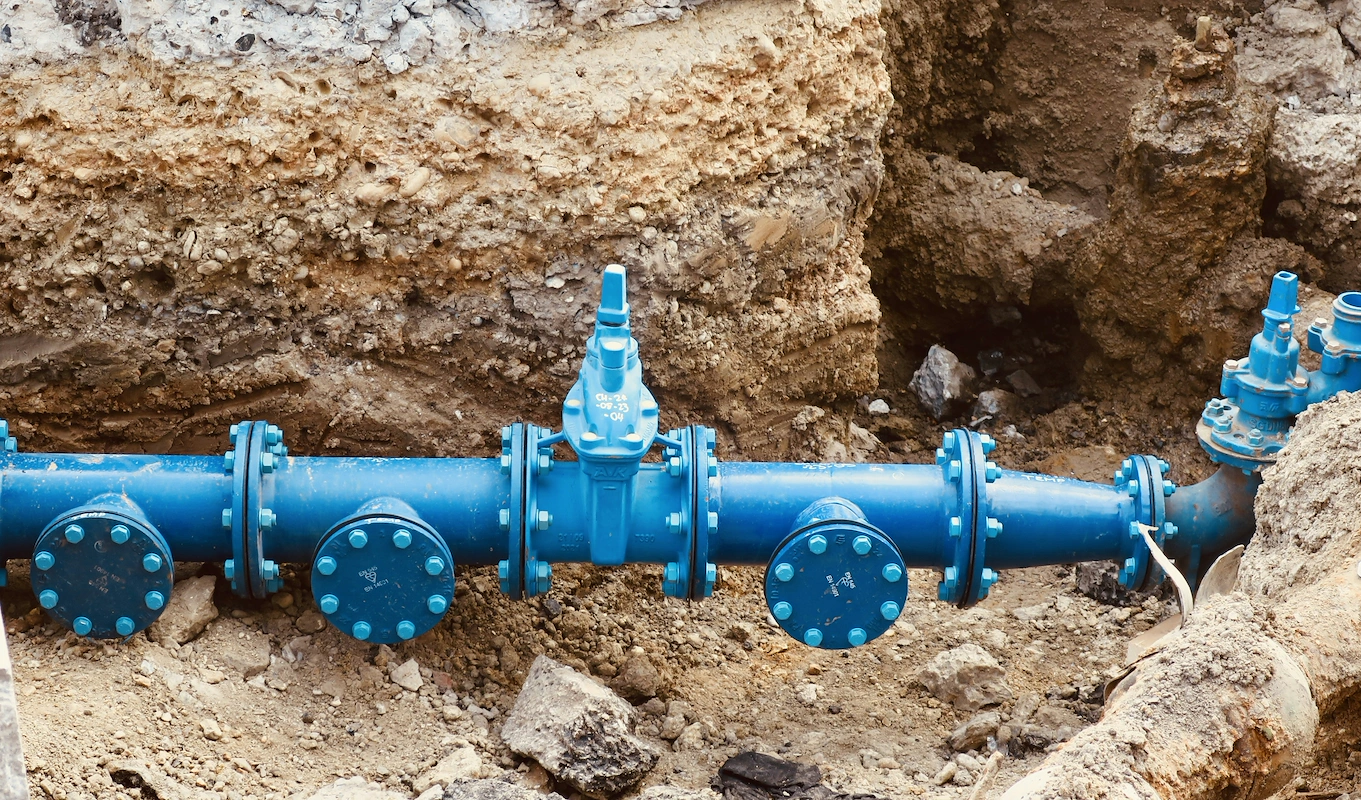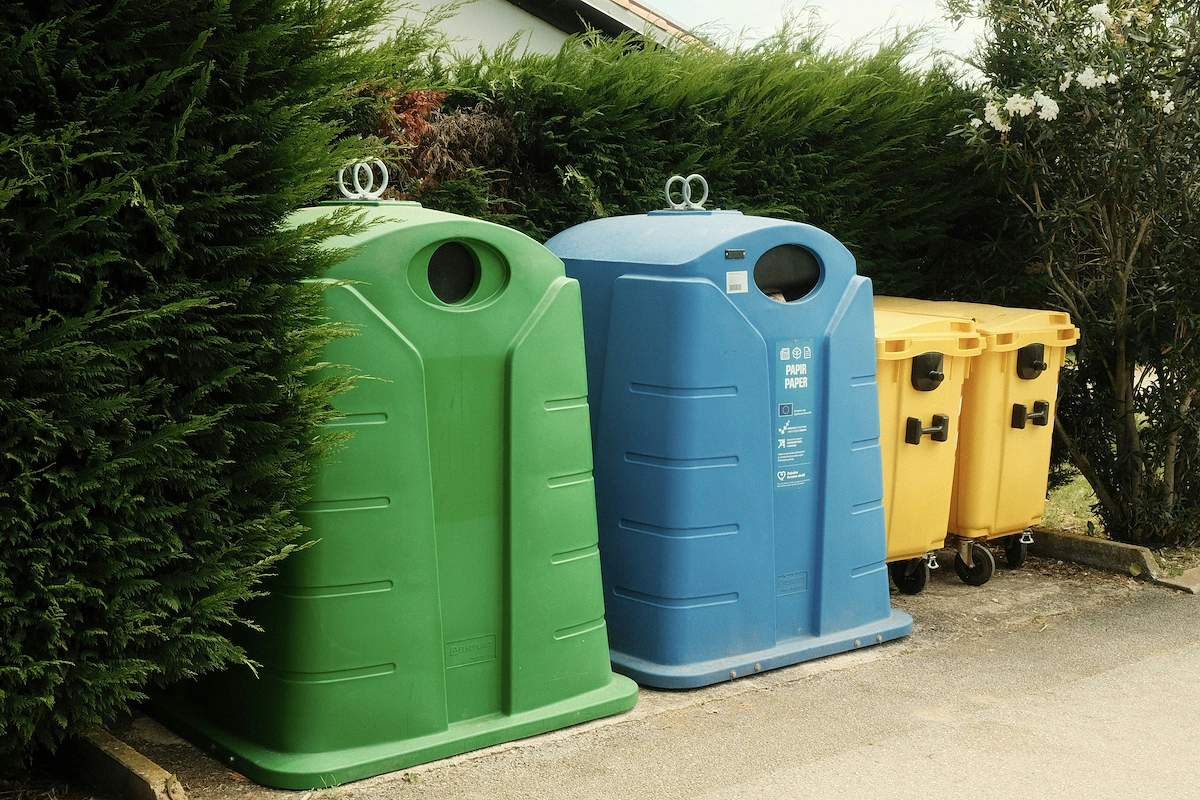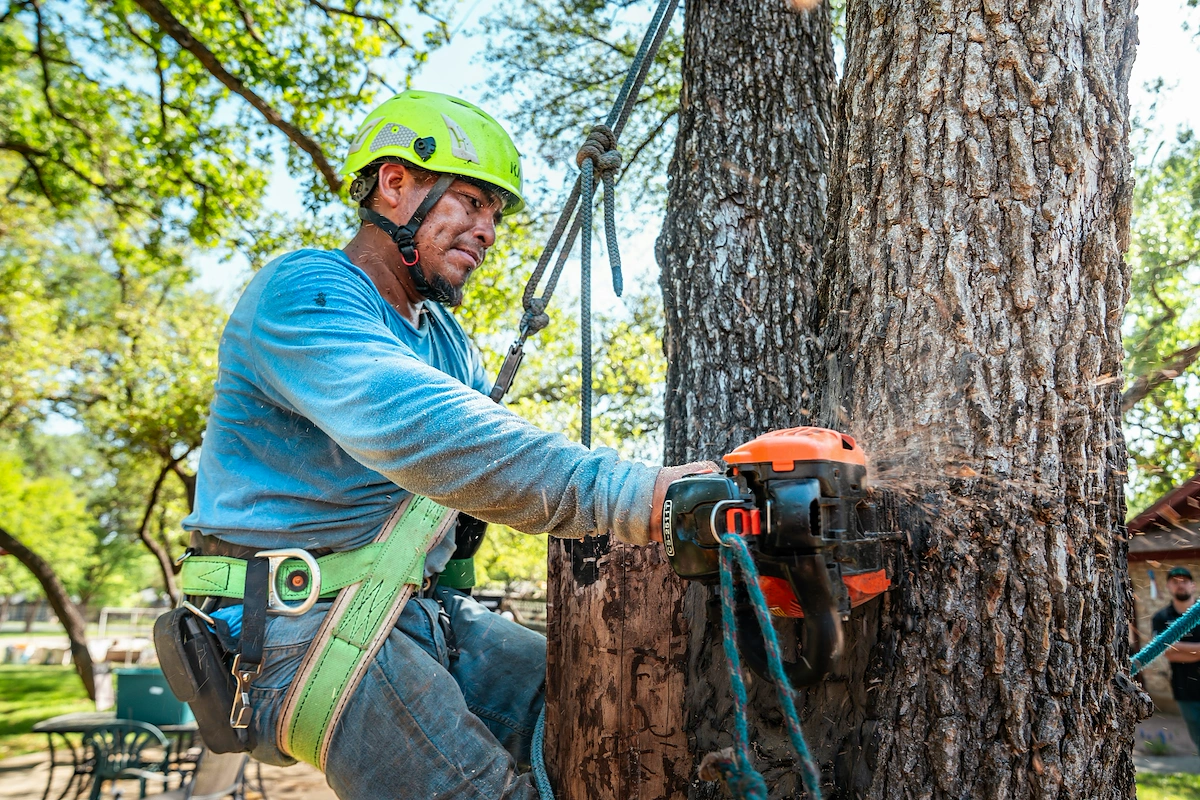Starting a rental business is an exciting venture that combines practical skills like customer service and logistics with business savvy. The equipment rental market is worth billions, with steady demand from construction firms, event planners, and DIY homeowners.
This guide will walk you through the practical steps, from validating your business idea and acquiring inventory to securing funding and obtaining permits, to help you launch a successful rental business in the U.S.
Step 1: Validate your business idea
Market research and competitor analysis
Begin by checking local demand. Use Google Trends to compare search interest for different rental niches in your area, like "tool rental" versus "party rental." Also, drive around your service area to spot existing rental yards and see what equipment is most visible.
To analyze competitors, go beyond their websites. You can find business listings on platforms like the U.S. Chamber of Commerce directory. A common oversight is to only review online prices. You might want to call a few competitors to ask about availability and weekend rates to gauge their service.
Estimate your startup costs
With that research done, you can map out your finances. A small-scale operation can start with $15,000, but a business with heavy machinery often requires an initial outlay of $100,000 or more. Your inventory will be the biggest line item.
Here is a typical breakdown of initial expenses:
- Inventory: $10,000 - $75,000+
- Business Registration & Permits: $500 - $1,500
- Insurance (first-year premium): $2,000 - $6,000
- Website and Booking Software: $1,000 - $4,000
Here are 3 immediate steps to take:
- Use Google Trends to compare search volume for three potential rental niches in your city.
- Create a spreadsheet listing five local competitors, their primary offerings, and their advertised prices.
- Draft a preliminary budget based on the cost ranges for a niche you are considering.
Step 2: Set up your legal structure and get licensed
Choose your business structure
You might want to form a Limited Liability Company (LLC). This structure separates your personal assets from business debts. It is a popular choice for new rental businesses and offers pass-through taxation, so profits are taxed on your personal return.
A mistake some new owners make is mixing personal and business funds. This can negate the liability protection of an LLC, so open a dedicated business bank account as soon as you register your company.
Secure federal, state, and local licenses
First, get a free Employer Identification Number (EIN) from the IRS website. You will need it to open a bank account and hire employees. Next, register your business name with your state’s Secretary of State, which can cost between $50 and $300.
Your city or county will require a general business license. You will also likely need a seller’s permit to collect sales tax on rentals. Check with your local clerk’s office for forms and fees, as processing can take a few weeks.
Here are 4 immediate steps to take:
- Decide between an LLC and a sole proprietorship for your initial structure.
- Apply for a free Employer Identification Number (EIN) on the IRS website.
- Visit your Secretary of State’s website to find business registration forms.
- Contact your city or county clerk’s office about obtaining a general business license.
Step 3: Secure insurance and manage risk
Understand your insurance needs
Your business needs several layers of protection. General Liability insurance is the baseline, covering customer injuries and property damage. Expect to pay $1,200 to $3,000 annually for a $1 million policy. This is a standard requirement for most commercial leases.
Also, you will need Inland Marine insurance. This policy specifically covers your equipment while it is off-site or in transit. A common mistake is thinking general liability covers your inventory. It does not. This separate policy is what protects your most valuable assets from theft or damage.
If you have a delivery vehicle, you need Commercial Auto insurance. If you hire staff, Workers’ Compensation is legally required in most states. These policies protect your business from employee injury claims and vehicle accidents, which are frequent risks in the rental industry.
Find the right insurance provider
You might want to work with an agent who specializes in rental businesses. They understand the unique risks, like customer misuse of equipment leading to injury. General agents may not find you the best coverage. Consider providers like The Hartford, Hiscox, or Next Insurance for quotes.
Here are 4 immediate steps to take:
- Request quotes for a $1 million General Liability policy.
- Ask potential insurers about adding an Inland Marine policy to cover your equipment.
- Contact an insurance agent who has experience with other rental companies.
- Draft a simple equipment inspection checklist to use before and after every rental.
Step 4: Find a location and buy equipment
Find your location
You will need a space zoned for "commercial" or "light industrial" use. A small party rental might fit in 1,000 square feet, but heavy equipment requires 5,000 square feet or more, plus a yard for storage and movement.
When you negotiate a lease, ask for a tenant improvement allowance to build out an office. Also, confirm the lease permits heavy vehicle traffic. One thing to watch for is poor site access, so ensure there is ample room for delivery trucks.
Acquire your inventory
Your inventory is a major investment, so it pays to be strategic. You can start with a mix of new and used items. Here are some sample price ranges:
- Bounce House: $1,500 - $4,000 (new)
- Mini Excavator: $25,000 - $50,000 (new)
- Scissor Lift: $10,000 - $20,000 (used)
A frequent misstep is buying only new equipment. Look at auction sites like Ritchie Bros. Auctioneers for reliable used gear. For many items, a well-maintained used piece works just as well and saves significant capital.
Here are 4 immediate steps to take:
- Check your city’s zoning map for areas designated as "commercial" or "light industrial."
- Draft a list of 10 core inventory items with estimated new and used prices.
- Browse used equipment listings on Ritchie Bros. Auctioneers to gauge market prices.
- Ask a commercial real estate agent about typical tenant improvement allowances in your area.
Step 5: Set up payment processing
Establish your payment terms
You might want to require a 50% deposit to reserve equipment and the final balance before pickup or delivery. This approach secures your inventory and protects your cash flow. Also, plan to collect a separate security deposit to cover potential damages.
This deposit is refunded after the equipment returns undamaged. One thing new owners often overlook is having a clear policy for damage deductions in the rental agreement. Be specific about what constitutes damage versus normal wear and tear.
Choose a payment solution
You will need a system that handles credit cards, debit, and deposits. Many processors charge between 2.5% and 3.5% per transaction, plus monthly fees, so compare your options carefully. Look for a solution with transparent pricing.
For payments on-site or during delivery, a mobile solution is a game-changer. JIM offers a streamlined option where you can accept debit, credit, and digital wallets directly through your smartphone—just tap and done.
At just 1.99% per transaction with no hidden costs or extra hardware, it is particularly useful for collecting final payments when you drop off equipment. Getting started is straightforward:
- Get Started: Download the JIM app for iOS.
- Make a Sale: Type the sales amount, hit sell, and ask your customer to tap their card or device on your phone.
- Access Funds: Your money is available right on your JIM card as soon as the sale is done—no waiting for bank transfers.
Here are 4 immediate steps to take:
- Draft your payment policy, including deposit and security deposit amounts.
- Outline the damage inspection process in your rental agreement.
- Compare transaction fees for two payment processors, including JIM.
- Download the JIM app to explore its interface.
Step 6: Secure your funding and manage finances
Funding options
The Small Business Administration (SBA) is a good starting point. An SBA 7(a) loan can provide $50,000 to $150,000 for a new rental business. Lenders typically look for a credit score above 680 and a detailed business plan. Interest rates often sit between 8% and 12%.
You could also explore equipment financing. With this option, the equipment you buy acts as collateral, which can make approval easier than a traditional loan. Lenders might finance up to 80% of the equipment's value, so you will still need a down payment.
Manage your cash flow
Plan to have at least six months of working capital. If your monthly expenses for rent, insurance, and marketing are $5,000, you should have $30,000 in the bank. Many new owners focus only on the cost of inventory and run out of cash for operations.
This cash buffer covers you during slow seasons and before your rental income becomes steady. It is the fund you use to pay bills and keep the lights on while you build your customer base. Without it, even a profitable business on paper can fail.
Here are 4 immediate steps to take:
- Review the requirements for an SBA 7(a) loan on the official SBA website.
- Contact your business bank to ask about their equipment financing rates.
- Calculate your total estimated operating expenses for the first six months.
- Prepare a one-page executive summary of your business plan for lenders.
Step 7: Hire your team and set up operations
Hire your first employees
Your first hire will likely be a Rental Coordinator to manage bookings and customer service. This role typically commands a salary of $45,000 to $60,000. You will also need a Delivery Driver who can handle equipment setup and basic inspections. Expect to pay between $20 and $28 per hour.
For heavy equipment, your driver may need a Commercial Driver’s License (CDL). One thing owners often overlook is the need for safety training. Ensure your team completes equipment-specific safety certifications, which you can find through OSHA-authorized trainers.
Streamline your daily operations
As bookings increase, spreadsheets become inefficient. You might want to use rental management software like Booqable or Rentle from day one. These platforms track inventory, manage schedules, and process online reservations, which saves significant administrative time.
A good financial benchmark to aim for is $150,000 in annual revenue per employee. This ratio helps you decide when to hire more staff. It keeps your labor costs aligned with business growth, preventing you from overstaffing during your early stages.
Here are 4 immediate steps to take:
- Draft job descriptions for a Rental Coordinator and a Delivery Driver.
- Check your state’s Department of Transportation website for CDL requirements.
- Sign up for a free trial of a rental management software like Booqable.
- Create a simple daily checklist for opening and closing procedures.
Step 8: Market your business and get customers
Build your online foundation
First, claim your free Google Business Profile. This is how most local customers will find you. A mistake many new owners make is using stock images. Upload at least 10 high-quality photos of your actual inventory to build trust and show professionalism.
Your website should clearly display your inventory, prices, and contact information. Consider setting a small budget for Google Ads, aiming for a customer acquisition cost (CAC) under $150 for your first few months. A 2-5% conversion rate from website visitors is a solid target.
Develop local partnerships
While online ads are helpful, do not underestimate direct outreach. Identify five local businesses that serve your target customer. For party rentals, this could be event planners or venues. For equipment, connect with construction contractors.
Offer them a 10% referral fee for any business they send your way. Also, join local Facebook groups for your niche. Instead of just posting ads, answer questions and offer advice to establish yourself as a helpful resource in the community.
Here are 4 immediate steps to take:
- Set up your Google Business Profile with 10+ photos of your equipment.
- Identify five potential partner businesses to contact for referrals.
- Join two local Facebook groups relevant to your rental niche.
- Draft a simple referral offer email with a 10% commission.
Step 9: Set your pricing strategy
Choose your pricing model
You will want to adopt a tiered pricing structure. For example, a scissor lift might rent for $250 per day, $800 per week, and $2,000 per month. This model encourages longer rentals, which increases your equipment utilization and revenue security.
Some new owners make the mistake of setting a weekly rate at seven times the daily rate. A better approach is to price a week at three to four times the daily fee. This offers a clear financial incentive for customers to choose longer rental durations.
Analyze costs and set your markup
Aim for a gross profit margin between 60% and 80% on each rental. If an item costs you $50 in maintenance and prep for a single rental, you should charge between $125 and $250 to maintain a healthy profit.
Another method is cost-plus pricing. If a bounce house costs $2,000 and you project 50 rentals over its lifespan, your cost per rental is $40. With a 300% markup, your rental price would be $160. This ensures you recover the asset's cost over time.
With these numbers in mind, call at least three competitors for quotes. Ask about weekend rates and delivery fees to understand their full pricing. Website prices often do not tell the whole story, so direct contact gives you a more accurate market view.
Here are 4 immediate steps to take:
- Draft daily, weekly, and monthly rates for three of your core inventory items.
- Calculate a target rental price for one item using a 70% profit margin goal.
- Use a cost-plus model to price a second item with a 300% markup.
- Call two competitors to get a quote for a weekend rental, including all fees.
Step 10: Maintain quality and scale your operations
Establish your quality standards
You should follow manufacturer service schedules for all equipment without fail. A simple mistake is to skip routine checks, which leads to unexpected breakdowns and unhappy customers. Create a detailed pre- and post-rental inspection checklist for each item to ensure consistency and accountability.
To measure service quality, you can track your on-time delivery rate and aim for 98% or higher. Also, monitor equipment utilization. If an item is rented less than 40% of the time over a season, you might want to sell it and reinvest the capital elsewhere.
Know when to grow
The $150,000 annual revenue per employee mark is a solid indicator for when to hire. Once your rental coordinator cannot handle bookings without errors or customer service starts to slip, it is time to add another person to the team to maintain service quality.
Now that we've covered people, let's talk inventory. When a specific equipment category consistently has a utilization rate above 75%, it is a strong signal to buy more units. Use your rental software, like Booqable, to track this data accurately instead of relying on guesswork for big purchases.
Here are 4 immediate steps to take:
- Create a maintenance log based on manufacturer guidelines for your top three assets.
- Set up a system to track your on-time delivery percentage and equipment utilization rate.
- Calculate your current revenue per employee to see how you stack up against the $150,000 benchmark.
- Run a utilization report in your rental software to find one equipment category that is over 75%.
Conclusion
Starting a rental business is about more than just equipment. Your success will depend on great service and smart operations. Remember that happy customers who have a smooth experience become repeat business. You have the roadmap, now go build your company.
To help with smooth operations, a simple payment system makes a difference. JIM turns your phone into a card reader for a flat 1.99% fee, with no extra hardware. It keeps transactions easy for you and your customers. Download JIM to get started.















